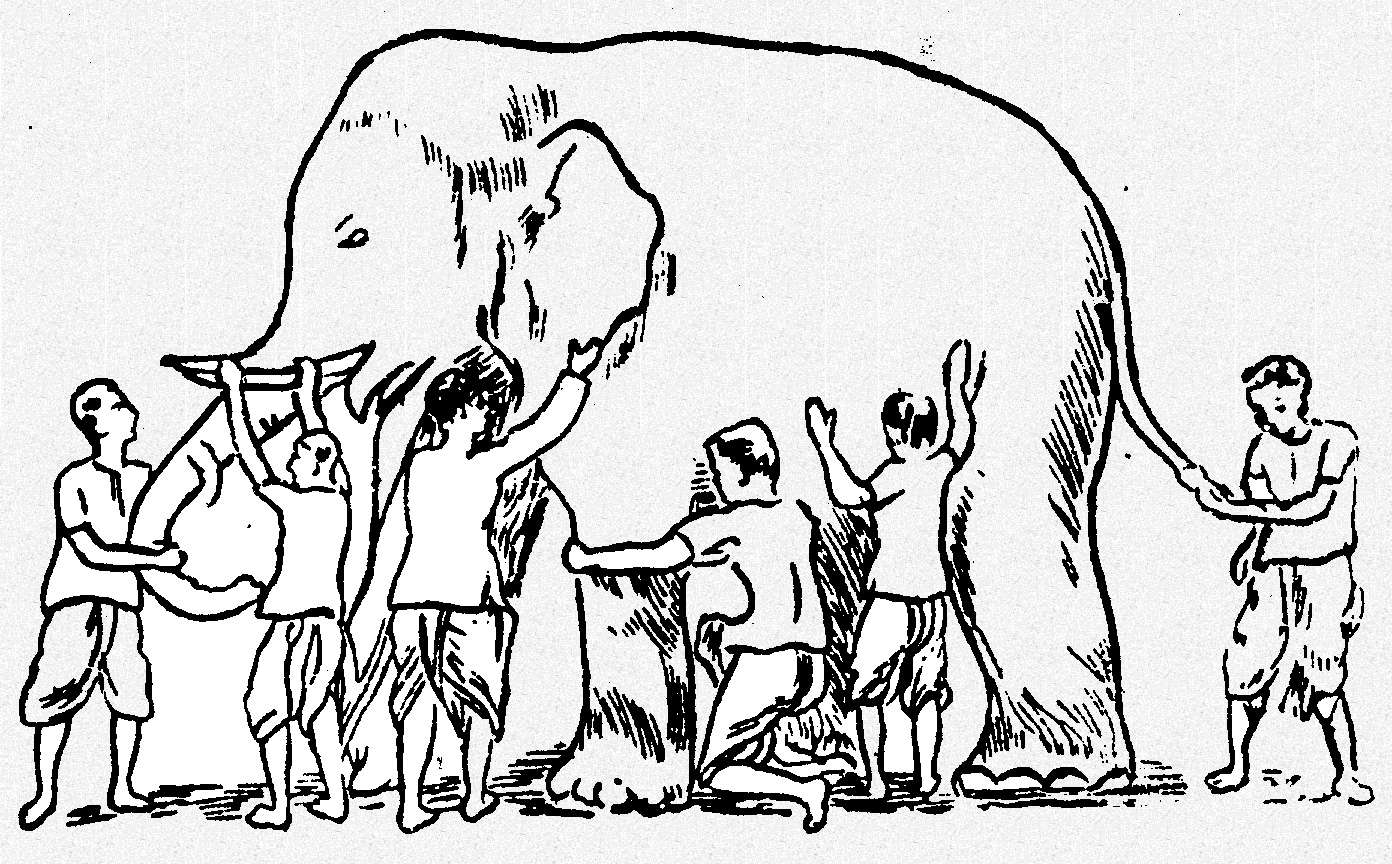Recurring giving is essential for organization sustainability and growth.
After all, what’s the point of all your hard work if you get only one donation from someone? That’s a super expensive way to fundraise, and sometimes you won’t even make back your investment. It’s called ‘churn and burn,’ and it’s depressing.
There’s a much better way. I know you’ve heard about it. I’ve written about it here, here and here. It’s called monthly giving. Or recurring giving.
Increasing the number of recurring giving donors is a really big deal! Recurring donors can give over 5 times more to you over their lifetime, as they are more likely to keep giving year after year. In fact, a 2016 study found that monthly recurring donors have a 90% retention rate, compared to the average donor retention rate of 46%.
This is HUGE, and should make you Stop. Dead. In. Your. Tracks. Wondering why on earth you’re not putting many more resources into this clearly winning fundraising strategy!
Yet, for a bunch of reasons, too few nonprofits engage in monthly, recurring giving.
Why?
To explore the reasons, and determine ways to overcome them, NextAfter joined forces with Salesforce.org to conduct a far-reaching study [The Nonprofit Recurring Benchmark Study] They made multiple donations, including a recurring gift to 115 nonprofits, and recorded their experience with each organization. The result was an analysis of the recurring giving process from the donor’s perspective. They found a bunch of areas of friction, plus offered up a slew of action items to help nonprofits improve their results. If you read the study, you’ll not only understand what works/what doesn’t work, but you’ll learn what to do about it.
No time to read the full study? Today I’ve invited one of the study authors, Brady Josephson of NextAfter, to share 7 techniques you can try for yourself to help increase the number of recurring gifts to your organization.
Details





 When people give to you for the first time, often they know very little about you. Perhaps they found you through a link on social media. Or organic search. Or through a friend who emailed them a link to your appeal.
When people give to you for the first time, often they know very little about you. Perhaps they found you through a link on social media. Or organic search. Or through a friend who emailed them a link to your appeal.

